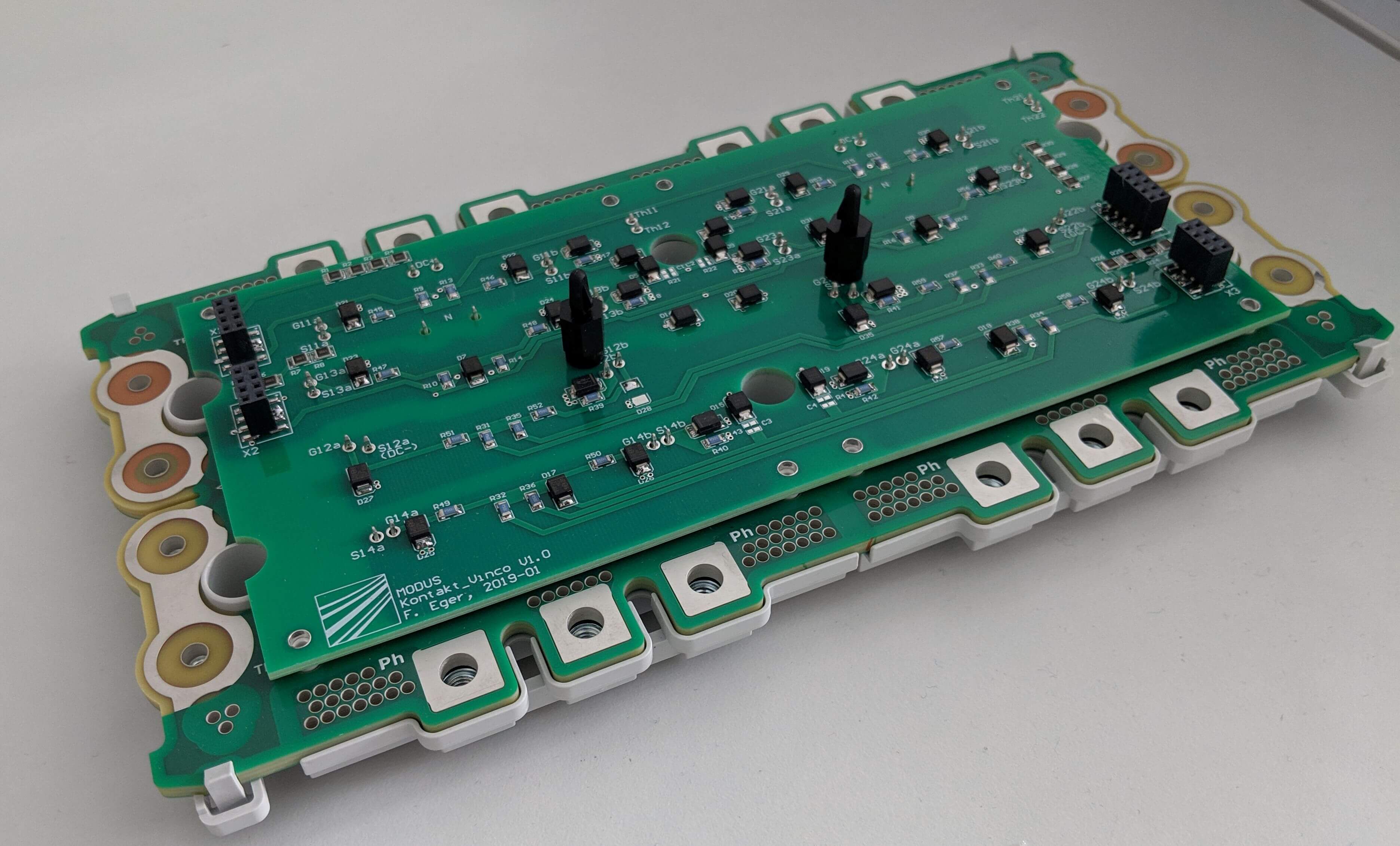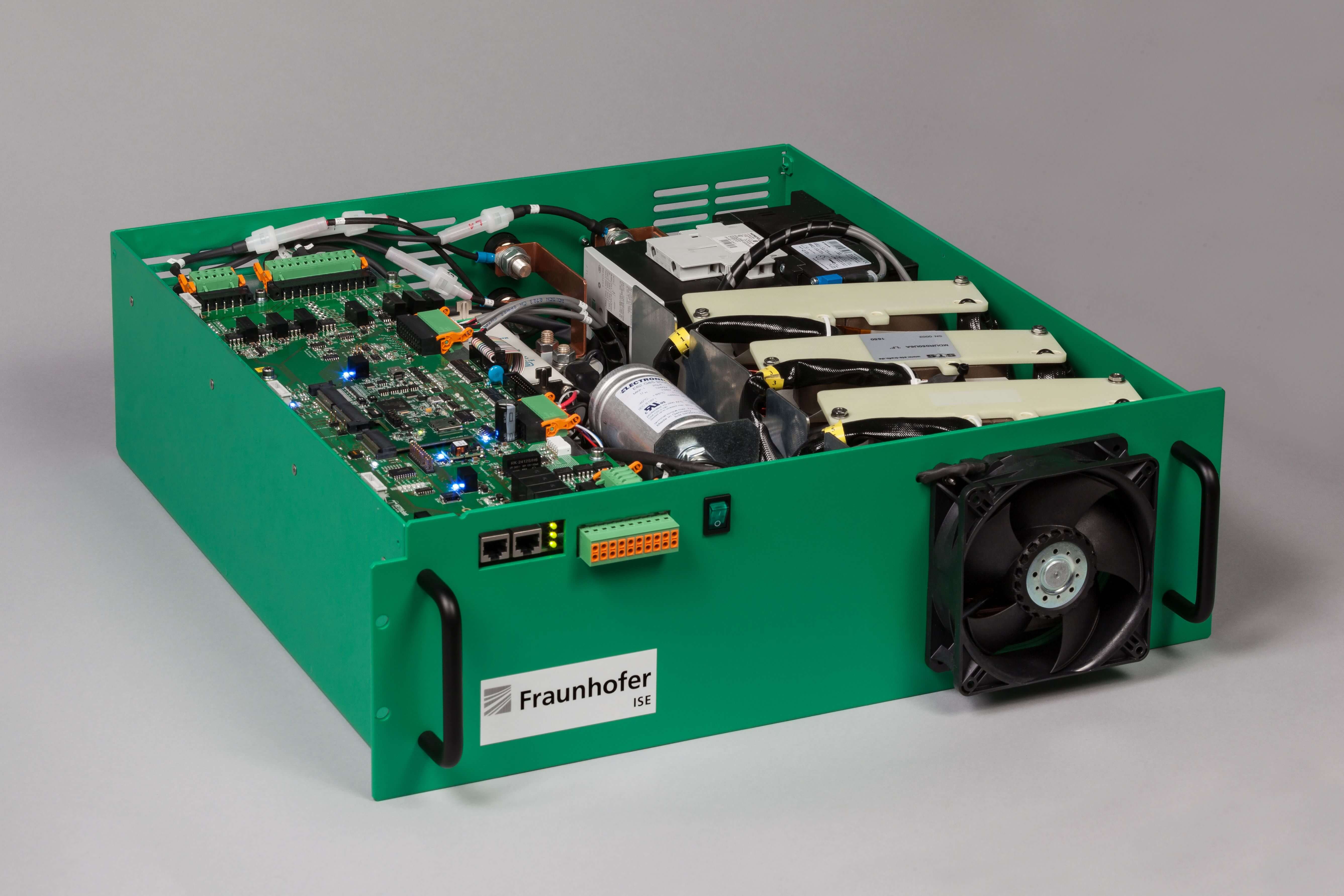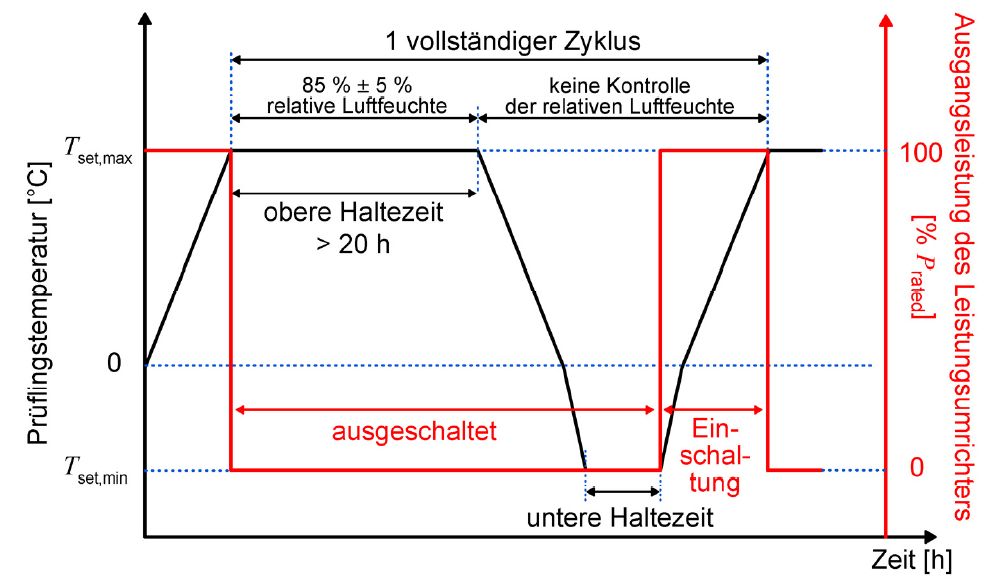| Duration: | 03/2020 - 02/2023 |
| Contracting Authority/ Sponsors: | Fraunhofer Gesellschaft |
| Project Partners: | Fraunhofer IISB; Fraunhofer IMWS; Fraunhofer IWES; Fraunhofer IZM |
| Project Focus: | |
Power4re – Reliable Power Converter for the Provision of Renewable Energy



Converters play a key role in the energy transition. They ensure that energy generated from renewable sources can be fed into the grid at a compatible voltage and frequency, making them critical technical components for connecting photovoltaic and wind energy systems to the grid. As they must work under challenging operating and environmental conditions, converter systems are among the components most prone to failure, which often involves considerable costs. Thus, there is an urgent need for durable converters that can stand up to challenging environmental influences. The power4re project is dedicated to developing solutions for improving the reliability and robustness of converters used for decentralized electrical energy conversion.
The project focuses on three interconnected research areas. It begins by identifying application-specific weak points to serve as the basis for additional investigations. This involves performing comprehensive field data and failure analyses for wind energy and PV systems. These analyses are then used to generate application-specific operating conditions and requirements, particularly with respect to the influence of humidity. In addition, suitable testing procedures are developed in order to better assess the reliability of converters under typical conditions for the respective applications.
The second research area addresses failure mechanisms for critical individual components along the power transmission path as well as the drive and control electronics. These failures are often triggered by a combination of climatic conditions and electrical loads and will be subject to detailed investigation using field returns and laboratory tests. The goal is to develop approaches for hardware modifications and protective concepts to improve the reliability of individual components.
Finally, the third research area focuses on developing models for calculating service life and for condition monitoring.
Many of the individual components of frequency converters used in wind energy plants well as of inverters used in PV systems are comparable in terms of their technical specifications, loads and to some extent also their configuration. As a result, it is certainly possible that tried-and-tested failure mechanisms for wind energy converters could be applied to PV inverters and vice versa. These solutions for improving reliability could even potentially be applied to other areas where inverters are subject to challenging environmental conditions, such as railways, avionics and e-mobility.